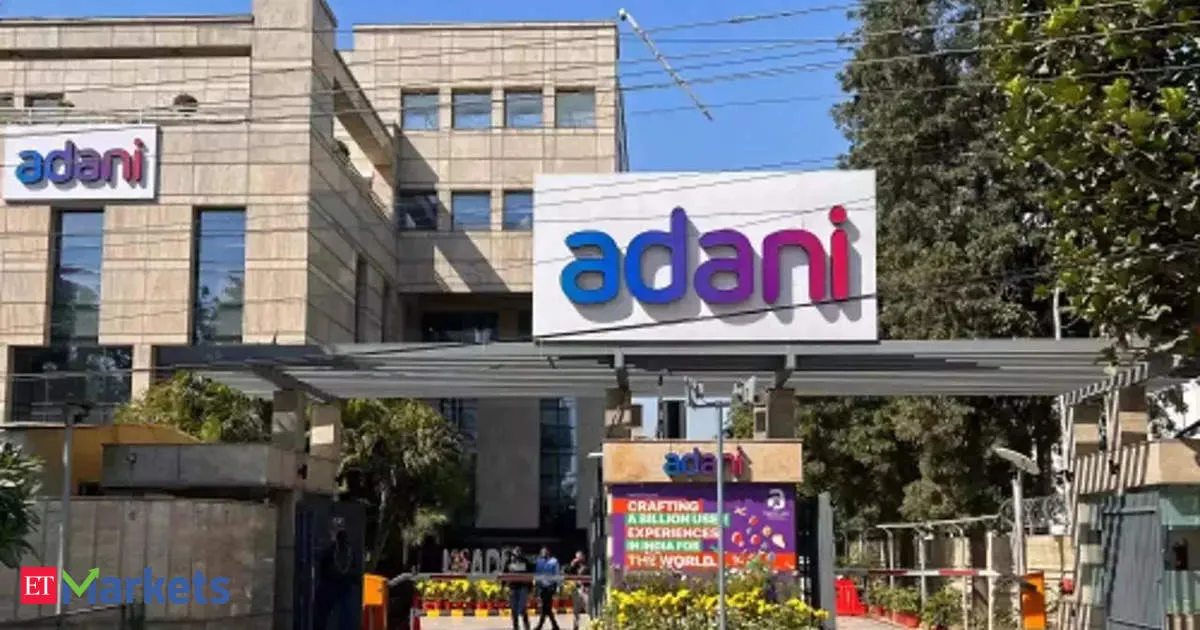Adani Group's Debt Exposure Could Double in Domestic Capital Markets, CFO States

Adani Group's Strategic Doubling of Debt Exposure
Mumbai: The Adani Group can double its debt exposure to the domestic capital markets to 10% of the conglomerate's total loans. This is according to the group's chief financial officer, Jugeshinder Singh, who stated that the instruments used to raise funds must mature within five years. Currently, Indian capital markets account for about 5% of Adani Group's total outstanding borrowings, or ₹12,404 crore, as of March-end 2024.
Growth Through NCD Issuance
If longer-duration debt is included, the group may accept as much as 15% of its debt from the local markets. Singh made these comments after launching Adani Enterprises' maiden non-convertible debentures (NCDs) valued at ₹800 crore. This issue will be available from September 4 to September 17, featuring tenures of 24, 36, and 60 months with interest rates of 9.25%, 9.65%, and 9.90% respectively.
Capital Expenditure Plans
Adani Enterprises has set a capital expenditure plan of ₹80,000 crore for the year across various sectors, including airports and roads, with an average cost of capital of 9%. Singh emphasized that this NCD issue is merely a small start to upcoming debt issues the group is anticipating over the next two decades. He noted the necessity for core infrastructure and energy development to be funded with domestic capital.
Current Debt Landscape
The group's debt through domestic lenders, including banks and non-banking financial institutions, represents 36% of their total debt mix, having increased by approximately 500 basis points through the 2023-24 period. Indian lenders have provided a total of ₹88,100 crore to Adani Group out of their total debt of ₹2,41,394 crore as of March 31, 2024.
Funding Mix Insights
Singh indicated that while sectors such as metals and Poly Vinyl Chloride will be funded from the domestic market, further capital for Adani Green and Adani Energy Solutions would likely be sourced from global markets. He highlighted that the focus should be on the risk-adjusted cost of capital rather than merely the rate; in some cases, global debt can prove more favorable for 20 or 30-year periods.
Singh remarked that the mix between global and domestic debt would continue to adjust based on the financing needs of their various businesses. While the Indian capital markets show a higher appetite for debt, he acknowledged that the inaugural NCD issue's success will shape future investor engagement.
This article was prepared using information from open sources in accordance with the principles of Ethical Policy. The editorial team is not responsible for absolute accuracy, as it relies on data from the sources referenced.